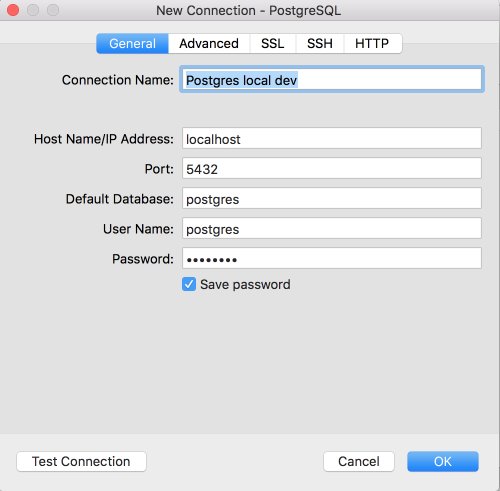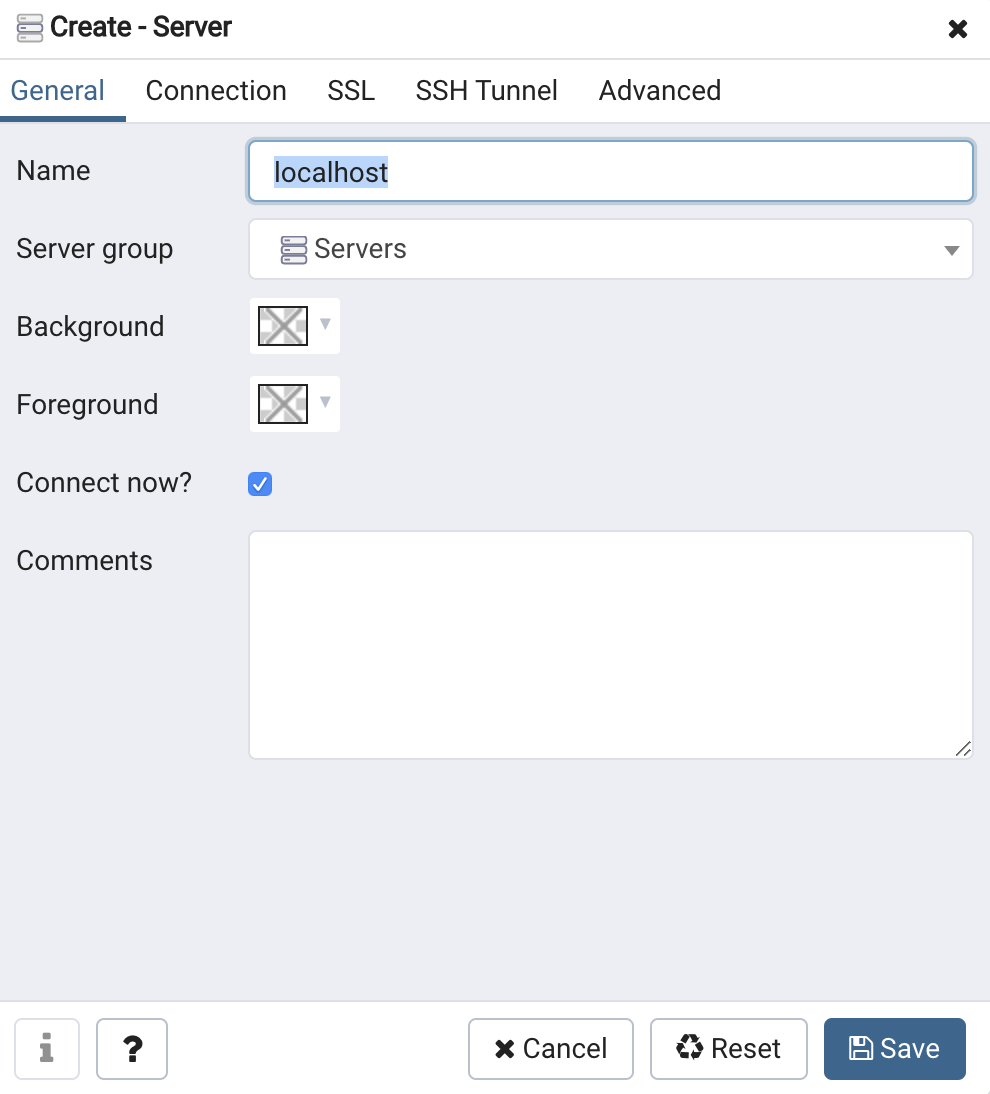This is a quick guide for installing PostgreSQL (Postgres for short) on a Mac with Homebrew, and starting and stopping it with Lunchy. If you've just forked a Ruby on Rails project that requires Postgres, this tutorial will get you up and running in no time.
If you're working on a brand new Rails app and need to create a new Postgres user and database for your app, I recommend Will Jessop's tutorial or Peter Cooper's screencast.
However, I found its UI is clumsy and complicated. I know there is a list of PostgreSQL GUI Tools. However, they are either web-based, Java-based. or don't support the features I want. In the good old MySQL world, my favorite client is Sequel Pro, but its support for PostgreSQL doesn't seem to be happening. So, I decided to make one myself. PostgreSQL Tools. PgAdmin is the most popular and feature rich Open Source administration and development platform for PostgreSQL, the most advanced Open Source database in the world. PgAdmin may be used on Linux, Unix, macOS and Windows to manage PostgreSQL and EDB Advanced Server 9.5. It is free and open-source GUI client and available for Ubuntu including Windows and Mac OS X. PgAdmin is a feature-rich PostgreSQL client which supports multiple PostgreSQL versions, color syntax highlighting, procedural language debugger, create, view and edit all most widely used PostgreSQL objects such as database, columns, triggers.
Step 1: Install Homebrew
To make sure you have all the tools necessary for Ruby on Rails development, I recommend you follow my tutorial for installing Xcode, Homebrew, Git, RVM, and Ruby on a Mac.

Step 2: Update Homebrew

Before you install anything with Homebrew, you should always make sure it's up to date and that it's healthy:
Step 3: Install Postgres

When you install Postgres, you will see a bunch of output in your Terminal that looks like this:
The important sections are Build Notes, Create/Upgrade a Database, and Start/Stop PostgreSQL. Make sure to follow those instructions to the letter.
Step 4: Create/Upgrade a database
If this is your first time installing Postgres with Homebrew, you'll need to create a database with:
I copied and pasted that command directly from the Terminal output. You should do the same, in case the instructions change in the future.
Step 5: Install Lunchy
Lunchy is a helpful gem that will allow you to easily start and stop Postgres.

Step 6: Start/Stop Postgres
Once again, I'm copying and pasting the following commands from my Terminal. Note that the second command is specific to the version of Postgres that was installed on my machine. If the version number has changed since I've written this tutorial, using the command below won't work for you, so you should make sure to copy the command from your Terminal output.
Postgresql Client For Mac Free
Since we're using Lunchy, we don't need to run this third command:
Instead, we'll simply use this to start Postgres:
Download Postgresql Client For Mac
At this point, you should be all set to run the rake commands to create and use the database for the existing Rails app you're working on.
To stop Postgres:
